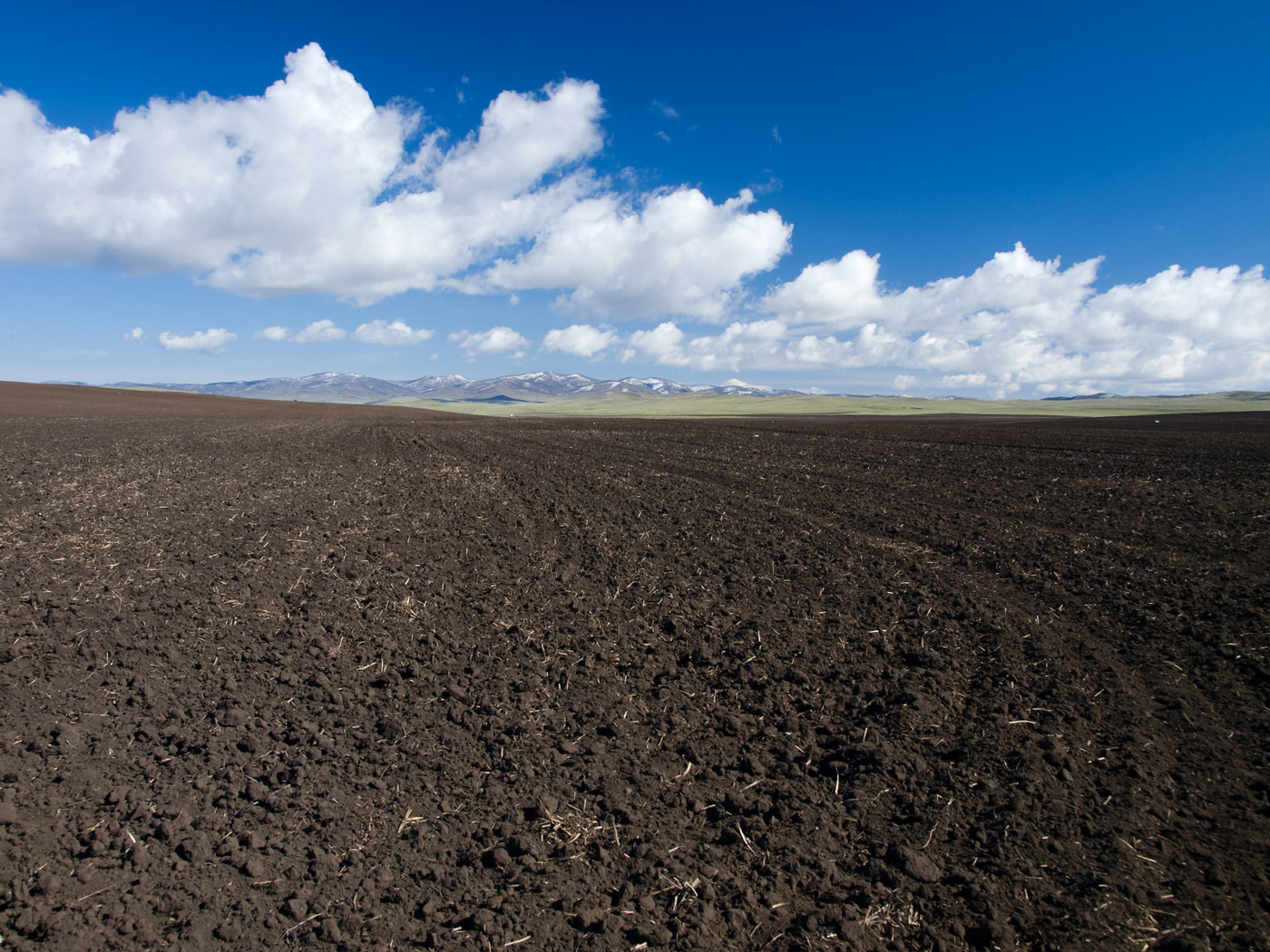
When it comes to turning your next landscaping project into reality, understanding when to opt for screened vs. unscreened topsoil is crucial. Whether you plan to grow a colorful garden or a brand-new lawn, topsoil is the key to succeeding in your endeavors.
Both screened and unscreened types of topsoil have unique benefits and serve a specific purpose. Let’s look at the differences between screened and unscreened topsoil and which type is the best for your landscaping aspirations.
“Topsoil is generally the first 5 – 10 inches of soil under your feet. One of the first noticeable features of topsoil is its rich dark color. This is due to the organic matter present and the basis of the soil structure. Organic matter not only provides nutrients but is also important in water retention. The quality of your topsoil is generally the determining factor as to whether your plants will thrive or not. Also, it can take mother nature hundreds of years to just create an inch, making sources limited.
Topsoil also should have adequate levels of important minerals like calcium and magnesium. However, low levels of soluble salts in topsoil are essential. Soluble salts can affect the water absorption rate of plants and sometimes be toxic to plants. Lastly, good quality topsoil should have a pH between 5.5 and 7.5.”
Brandon Shoupe, Founder of Lawn and Petal
What Is Unscreened Topsoil?
Unscreened topsoil comes as it is, usually from excavations. Unscreened topsoil isn’t broken down and may contain big particles such as roots, rocks, weeds, sticks, stones, wood chips, etc. This is why unscreened topsoil isn’t really suitable for growing plants, yet, it can be a perfect base for a construction project or a garden.
“We like to use both screened and unscreened topsoil in different layers. Screened topsoil is more visually appealing, and it helps nutrients spread equally, so it’s great for the top layer. Unscreened one can often be used below because it’s cheaper, and you can buy it in bulk without spending nearly as much. It’s also great if you really need something that’s going to help the roots dig in. If you’re planting root vegetables that need to get a good grip in the soil, that unscreened soil will do a much better job overall.”
Dan Bailey, President of WikiLawn Los Angeles Lawn Care
Uses for Unscreened Topsoil
- Filling holes in landscaping
- Raising landscaping beds
- Creating a base for a garden
- Leveling off a garden
- Installing fixtures
Unscreened topsoil is much cheaper than screened topsoil. However, since it contains many small and big parts of detritus, plants struggle to grow in it. Plus, the air pockets in unscreened topsoil can trap water, prevent roots from growing, and lead to rotting. So, if you plan on having a lush garden, you’d want to use unscreened topsoil as a base and top it up with a layer of screened topsoil.
What is Screened Topsoil?
Screened topsoil is basically sifted through a mesh unscreened topsoil, but unlike the latter, it’s free of big lumps and debris. This type of topsoil is an excellent choice if you’re going to grow different plants, flowers, vegetables, or lay a lawn. Screened topsoil is usually pretty soft and mixes well with various fertilizers, compost, and potting soils.
“The primary benefit of screened topsoil is that it’s very uniform in texture and can be raked and graded very smoothly. Bringing in quality topsoil allows the landscaper and gardener to have a consistent starting point to raise their trees, shrubs, and vegetables. When installing sod, screened topsoil will allow that lawn to be installed perfectly flat or with beautiful undulating topography. Purchasing good topsoil allows for a great nutrient capacity to feed your plants and wonderful soil structure, which will help develop strong roots. Quality topsoil will have a great ability to take in irrigation water and distribute it vertically and horizontally through capillary action without becoming waterlogged.”
Zachary Smith, President of Smith’s Pest Management
Uses for Screened Topsoil
- Gardening
- Growing a lawn
- Panting vegetables and fruit trees
- Planters and flower pots
- Walkway base
Screened topsoil is a top choice if you want to have a blooming garden or a neat green lawn. Since it takes more effort to manufacture screened topsoil, finer soil consistency might cost you much more than the soil with larger particles in it. Yet, this type of topsoil lets water and nutrients spread evenly and naturally penetrate to the bottom soil layer, boosting your plants’ growth.
The Takeaway
Before choosing unscreened vs. screened topsoil, you need to decide what you’re going to use it for. The type of topsoil you use will determine the price and the success of your landscaping project.
If you want to install a garden, fill in some holes, level the surface, or create a lawn base, then unscreened topsoil will be enough. However, if you strive to have a beautiful garden or a bright green lawn, you’d need to use quality topsoil as a top layer to ensure your plants’ proper growth.
At EZ-Screen, we manufacture high-quality topsoil screeners to handle everything from topsoil, gravel, aggregate, and wood chips to street sweepings. Don’t hesitate to contact us if you need help choosing a screening plant for your specific landscape operation or have any questions about our products.




Leave a Reply